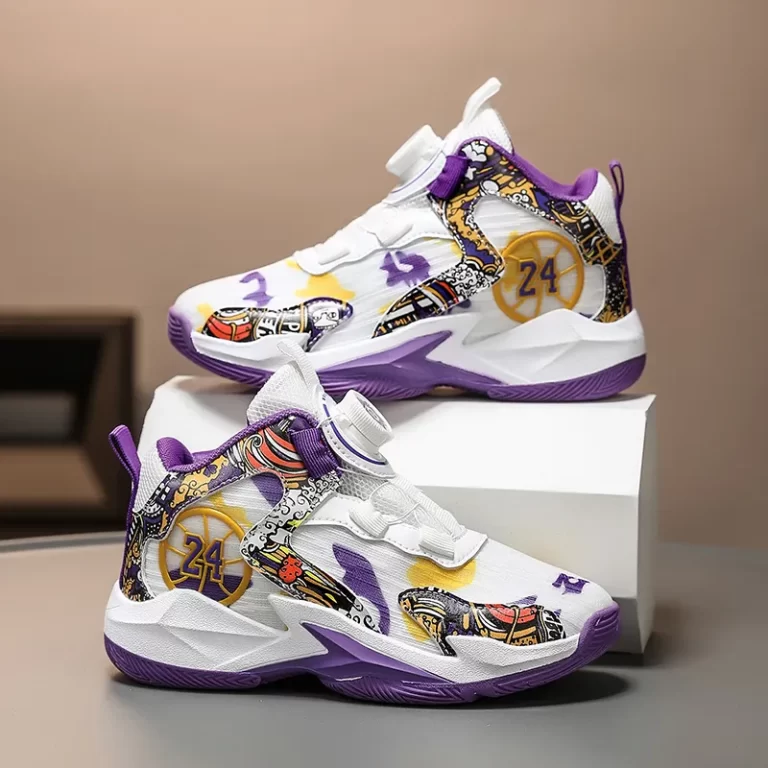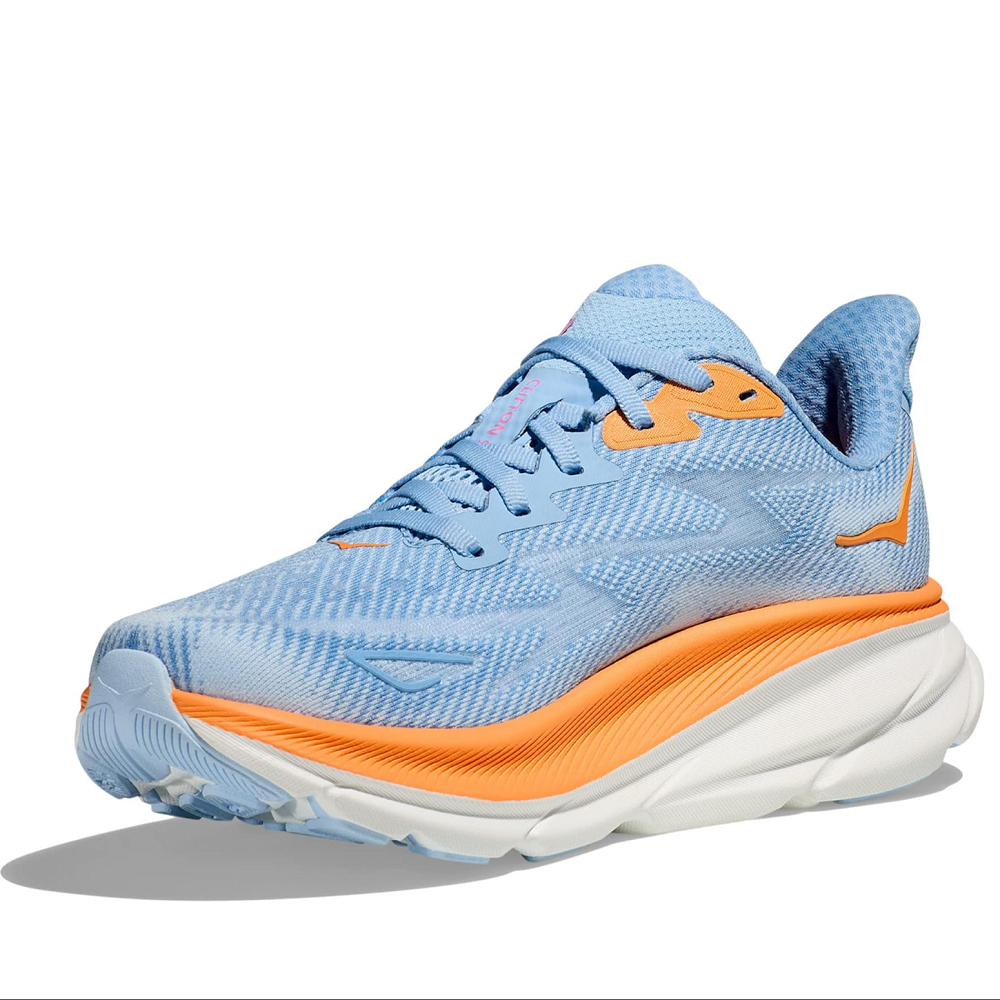
Running Shoes with Ankle Support: A Guide to Comfortable Strides
When it comes to running, the right footwear is essential for ensuring comfort and reducing the risk of injury. Many runners face challenges related to ankle support, especially if they have had previous injuries or experience discomfort while running. Choosing running shoes with adequate ankle support can greatly enhance your running experience. This article provides a comprehensive guide to understanding the importance of running shoes with ankle support, examining various features, styles, and recommendations to help you make an informed choice.
Importance of Ankle Support in Running Shoes
Ankle support is vital for runners to prevent injuries and enhance performance. Shoes with effective support ensure stability, reduce strain, and improve overall safety.
Key Benefits of Proper Ankle Support
- Enhanced Stability: Proper ankle support helps maintain balance while running, preventing awkward movements.
- Increased Comfort: Shoes with ankle support minimize discomfort, ensuring a smoother experience during long runs.
- Reduced Risk of Injuries: Strong support reduces the chances of sprains, twists, and other painful injuries.
- Improved Performance: Stable ankles lead to better posture and more effective stride mechanics.
- Boosted Confidence: Knowing your ankles are protected lets you focus on your pace and endurance.
Common Injuries Prevented by Ankle Support
- Sprains and Twists: Shoes with ankle stability prevent sudden rolling or twisting movements.
- Stress Fractures: Proper cushioning and support absorb impact, lowering the risk of stress injuries.
- Tendon Strains: Supportive shoes reduce tension on tendons, minimizing overuse injuries.
- Overpronation-related Issues: Structured shoes keep your feet aligned and prevent excessive inward rolling.
- Chronic Pain: Quality ankle support helps avoid pain caused by repetitive pressure on the joints.
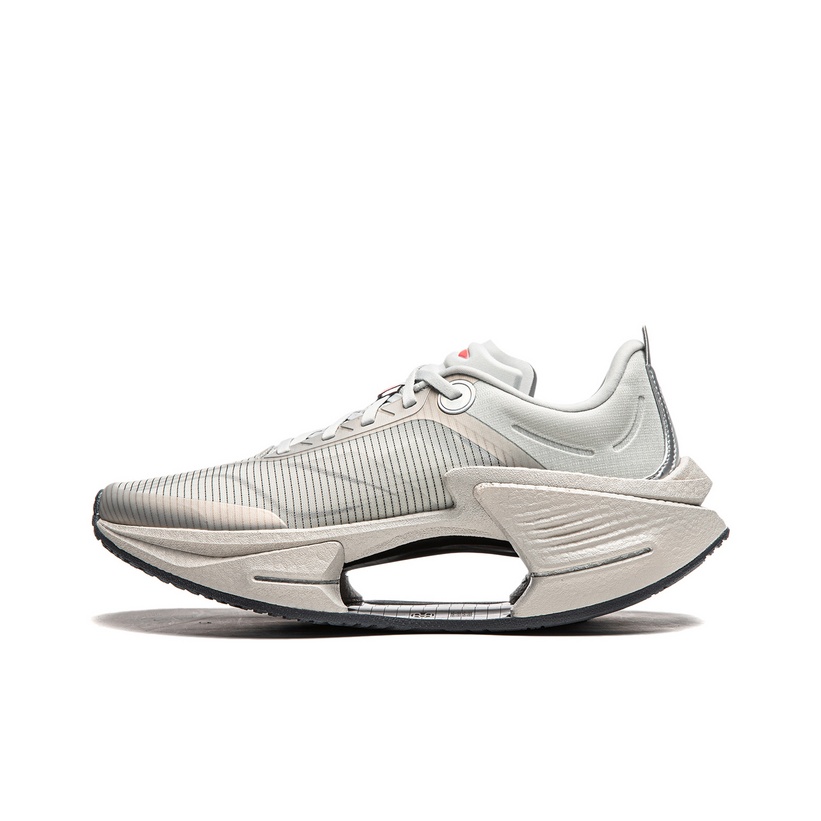
Features to Look for in Running Shoes with Ankle Support
When choosing running shoes with ankle support, certain features ensure comfort, safety, and performance enhancement.
Cushioning and Stability
Cushioning absorbs impact and reduces stress on ankles during runs. Look for shoes with firm yet responsive midsoles. Stability enhances your stride and keeps your foot aligned. Choose designs that prevent overpronation or supination for balanced movement.
High-Top vs. Low-Top Designs
High-top designs wrap around ankles for added support, ideal for weak ankles or injury recovery. Low-top designs offer freedom of movement but less ankle protection. Assess your running style and needs to select the most suitable type.
Breathable and Lightweight Materials
Breathable materials keep your feet cool and dry during runs, reducing the risk of discomfort. Lightweight shoes enhance mobility and reduce fatigue, making them perfect for long-distance runs. Select shoes with durable mesh or engineered fabrics that balance comfort and support.
Top-Rated Running Shoes with Ankle Support
Best Shoes for Long-Distance Running
Long-distance runners need shoes that provide consistent ankle support and cushioning. Stability is key to reducing fatigue during extended runs. Look for designs with responsive midsoles and enhanced padding. These features help absorb shock and protect ankles from strain. Some top choices include high-performance models from brands like Asics, Brooks, and Hoka. These shoes are known for their durability, balanced cushioning, and lightweight construction. Prioritize breathability to keep your feet cool and reduce discomfort over long distances.
Recommended Options for Trail Running
Trail running demands shoes that tackle uneven terrains while offering ankle protection. Choose shoes with reinforced uppers for added durability. Aggressive tread patterns provide grip on loose and slippery surfaces. Ankle collars with padded support are crucial for extra stability. Brands like Salomon, Merrell, and Altra produce models ideal for rugged trails. Waterproof options are also worth considering to keep your feet dry during wet runs. Ensure the shoes offer adequate flexibility to adapt to uneven terrain comfortably.
Models for Runners with Weak Ankles
Runners with weak ankles should prioritize shoes offering maximum support and stability. High-top designs are particularly beneficial for ankle protection and injury prevention. Shoes with firm heel counters and structured midsoles provide excellent support. Brands such as New Balance, Saucony, and Adidas offer models designed for weak ankles. Look for styles incorporating ankle wraps or straps for additional security. Proper arch support is also essential to ensure overall foot alignment and balance during runs.
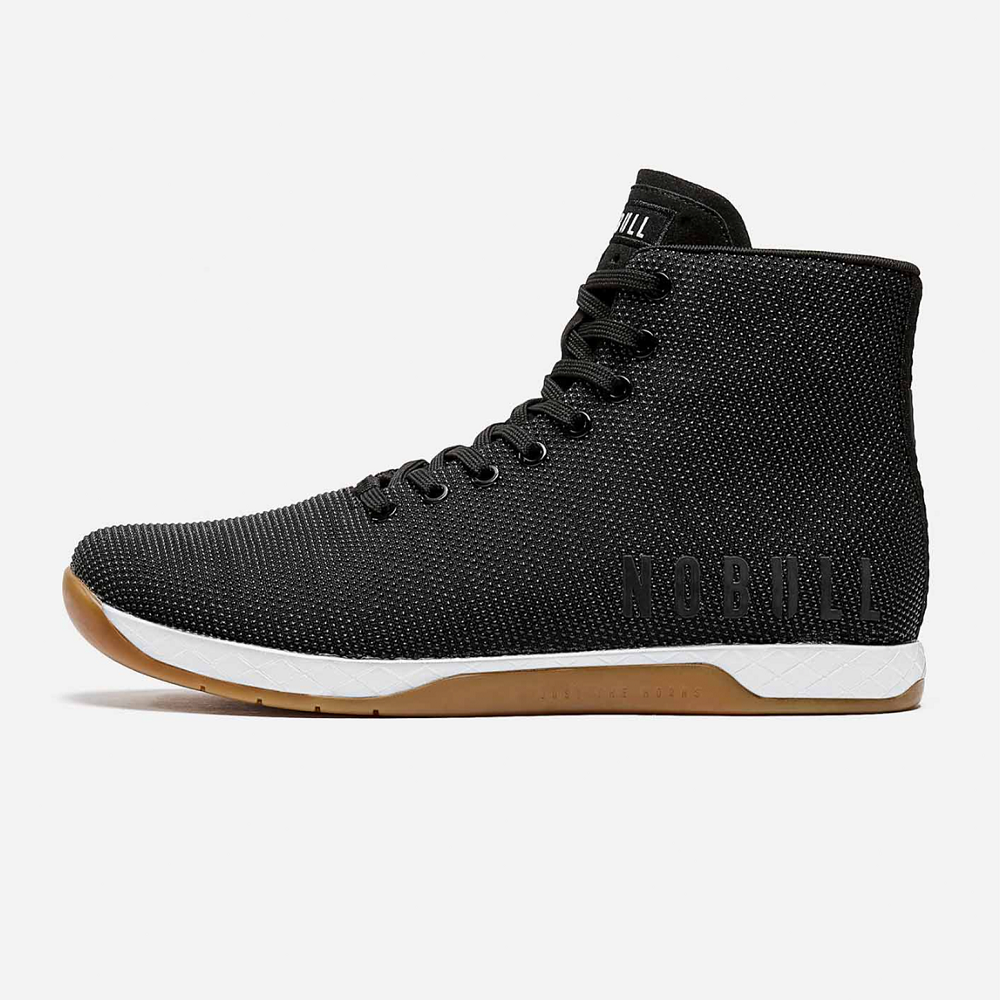
How to Choose the Right Running Shoes for Your Needs
Selecting the best running shoes with ankle support is essential for comfort and performance. Each runner has unique needs, so consider several factors before making your choice.
Factors to Consider Based on Your Running Style
- Terrain: Choose shoes based on the surfaces you run on most often. For road running, opt for cushioned shoes with smooth soles. Trail running requires sturdy shoes with grip for uneven surfaces.
- Gait and Pronation: Analyze your running gait using specialized tools or professional assessments. Shoes designed for overpronation or neutral strides can improve stability and reduce injury risk.
- Distance: Long-distance runners need enhanced cushioning and ankle support to prevent fatigue. Sprint runners may benefit from lightweight designs with less bulk.
- Injury History: Assess past injuries, especially in your ankles, knees, or heels. If you have weak ankles, prioritize high-top designs or those with reinforced support.
Sizing and Fit Guidance
- Measure Your Feet: Always measure your feet before purchasing shoes. Feet size can change over time.
- Leave Space: Ensure there is about a thumb’s width of space between your toes and the shoe tip.
- Consider Width: Check the width of the shoe. It should fit snugly without pinching.
- Try with Socks: Wear the same type of socks you use during runs to get an accurate fit.
- Test for Comfort: Walk or jog briefly to assess comfort levels. Pay attention to heel slippage or tightness.
- Shop in the Evening: Feet swell during the day, so shop in the evening for a more accurate size.
Importance of Arch and Sole Support
- Arch Type: Know if you have flat feet, high arches, or neutral arches. Many shoe brands cater to specific arch needs.
- Midsole Cushioning: Opt for shoes with padded midsoles that absorb impact and protect joints and ankles.
- Heel Counter: A firm heel counter keeps your foot secure and prevents excessive movement.
- Outsole Traction: A durable outsole with good grip helps during runs and adds stability on variable surfaces.
Choosing the right running shoes with ankle support ensures a safer, more enjoyable running experience. Prioritize comfort, fit, and features designed for your specific needs.
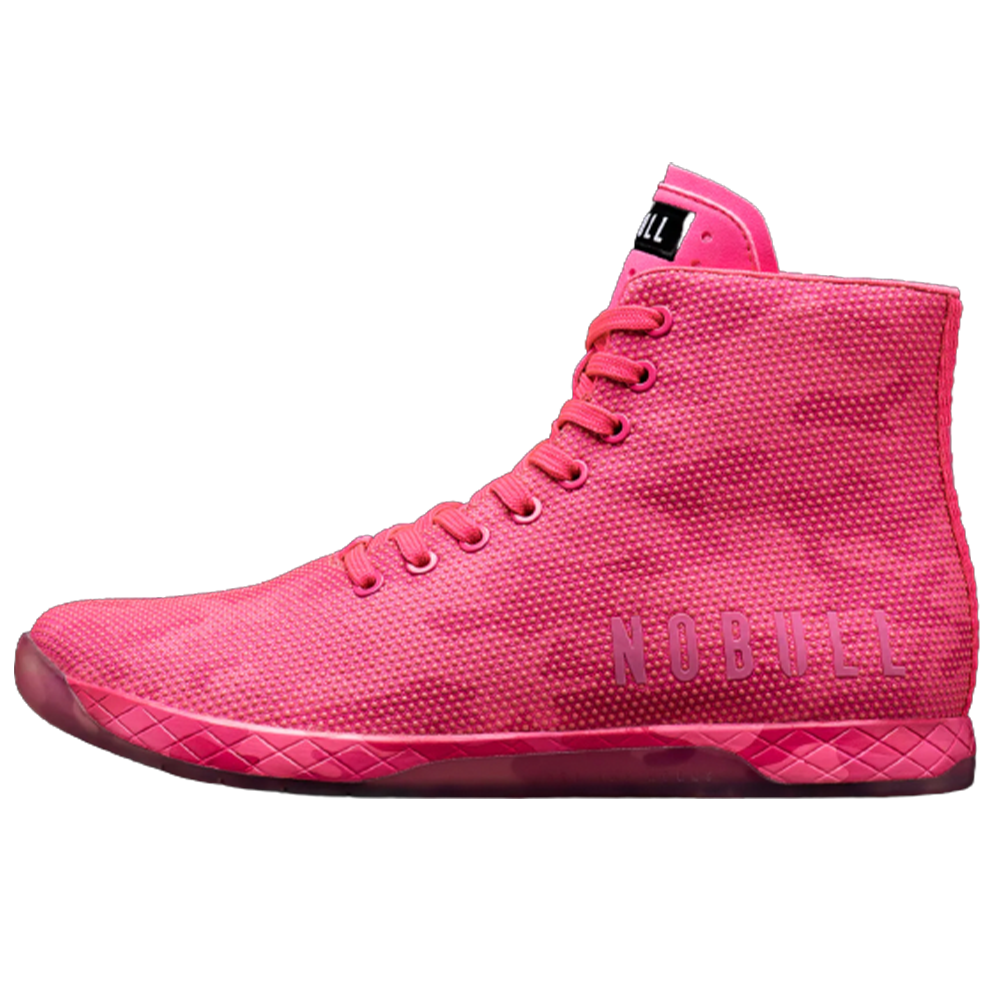
Maintenance and Longevity of Ankle Support Shoes
Proper care extends the life of your running shoes with ankle support. Regular cleaning and mindful storage practices can maintain their structure and performance.
Tips for Cleaning and Storing Running Shoes
- Remove Dirt Frequently: Clean off mud and debris after each run to prevent material wear.
- Use Mild Soap: Wash the shoes with water and mild detergent. Avoid harsh chemicals that damage materials.
- Air Dry: Let them dry naturally in a ventilated area. Avoid direct heat or sunlight.
- Deodorize Regularly: Use baking soda or specific odor removers to combat unpleasant smells.
- Store Properly: Store shoes in a cool, dry place to maintain their shape and keep them odor-free.
- Avoid Machine Washing: Hand cleaning ensures better preservation of the shoe’s structure and ankle support features.
When to Replace Your Shoes for Optimal Support
- Monitor Mileage: Replace running shoes every 300-500 miles to ensure proper cushioning and support.
- Check Sole Wear: Look for worn-out outsoles or uneven tread patterns. These compromise grip and stability.
- Assess Midsole Compression: If the midsole feels flat or unresponsive, it’s time for a replacement.
- Notice Discomfort: Increased joint pain or fatigue during runs indicates worn-out support.
- Inspect Uppers: Replace if the uppers become too stretched or torn, impacting your foot’s stability.
- Track Visible Damage: Any visible damage, like holes or fractures in the material, reduces protection and performance.
Following these care tips ensures your shoes with ankle support stay effective and last longer.
Additional Tips for Preventing Ankle Injuries While Running
Warm-Up and Stretching Exercises
Warm-up exercises improve blood flow and relax muscles. Start with light jogging or dynamic movements. Stretching keeps your ankles flexible and reduces injury risks. Focus on calves, Achilles tendons, and surrounding muscles. Perform ankle circles to enhance range of motion.
Running Form and Technique Adjustments
Proper running form minimizes pressure on ankles. Keep your torso upright and aligned with your legs. Land softly on the midfoot to absorb shock. Avoid overstriding to prevent unnecessary stress on joints. Use your arms rhythmically to enhance balance and minimize strain.
Incorporating Ankle Strengthening Workouts
Strengthening exercises make your ankles more stable. Do resistance band exercises to improve ankle mobility. Perform calf raises to build strong lower muscles. Practice single-leg balances to improve stability and control. Include regular lateral hops to strengthen side movements. Consistency in ankle workouts helps prevent recurring injuries.

The Role of Technology in Running Shoes
Latest Innovations in Ankle Support
The landscape of running shoe technology has transformed dramatically over the years. Today, brands are constantly innovating to create shoes that offer better support and cushioning. Many modern running shoes incorporate features like dynamic ankle support systems that adapt to your foot’s movements. These innovations ensure that your ankles remain stable during runs, helping to prevent injuries while enhancing performance.
Smart Technology Integration
Some companies are now experimenting with smart technology in running shoes. This technology can track your running metrics, such as pace, distance, and cadence, while providing real-time feedback on your form. Some models even include built-in sensors that monitor your body movements, ensuring that your running style remains efficient and aligned. Integrating smart technology allows runners to make data-driven decisions to improve their training and overall performance.
Sustainable Practices in Shoe Manufacturing
As sustainability becomes a priority in the fashion industry, running shoe manufacturers are beginning to adopt eco-friendly practices in their production processes. Some brands now create ankle-support shoes using recycled materials without compromising quality or performance. Sustainable manufacturing can reduce waste and minimize the environmental impact of producing new footwear. As a consumer, opting for shoes made under these sustainable practices not only benefits your running experience but also promotes a healthier planet.
Finding the Right Store for Your Purchase
Specialty Running Stores
While many general retail options provide running shoes, specialty running stores can offer a more tailored approach. These shops often have knowledgeable staff who can assess your running style and recommend appropriate footwear options based on experience and expertise. Many specialty stores provide the opportunity to test shoes on a treadmill or allow you to try products while receiving personalized tips. This kind of shopping experience ensures that you find the right pair that meets your specific requirements.
Online Shopping Convenience
Conversely, online shopping offers conveniences that traditional retail may not. With a wide range of options at your fingertips, you can compare prices and styles from the comfort of your home. Many retailers offer comprehensive size guides and detailed descriptions to assist you in making an informed decision. Additionally, customer reviews provide valuable insight into how shoes perform during runs. With a little research, online shopping can yield effective results while providing the flexibility to shop at any time.
Return Policies and Customer Support
Before making a purchase, it’s important to consider return policies and customer support. When trying on shoes, comfort is key. Many online retailers understand this and offer generous return policies, allowing you to exchange or return the shoes if they do not meet your expectations. Ensure you keep this in mind when making your selection, as well as checking for customer service options available should you have any questions or concerns. A supportive retailer can enhance your overall shopping experience.
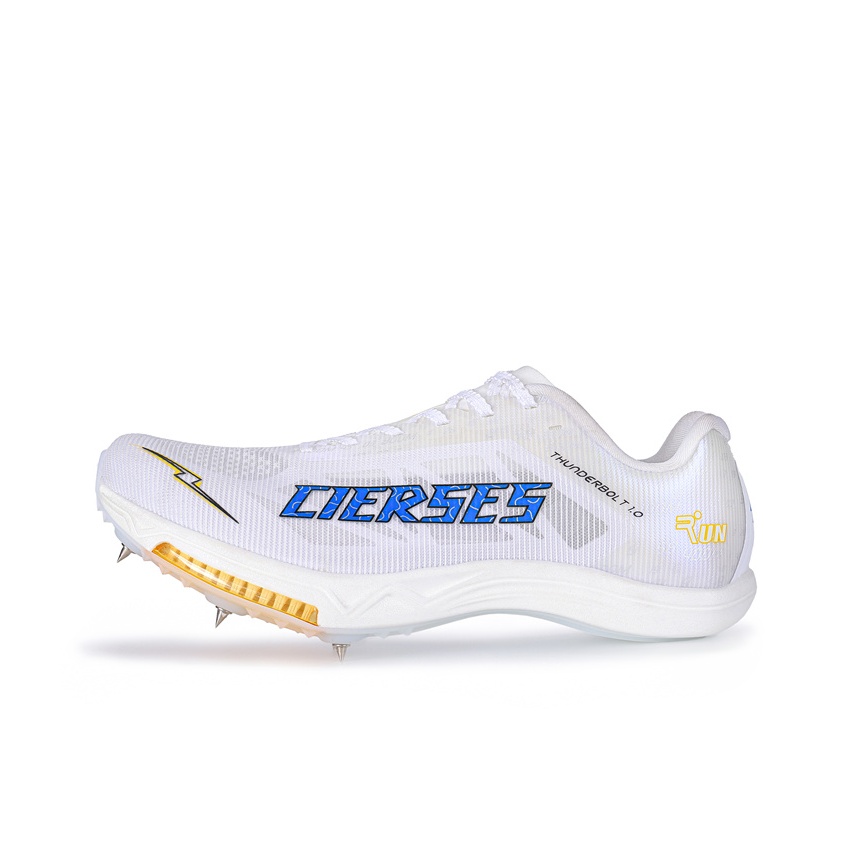
Conclusion: Prioritize the Right Choice for Running Success
In conclusion, choosing the right running shoes with ankle support is paramount to enhancing your running experience. The perfect pair of shoes not only helps prevent injuries but also boosts confidence, allowing you to focus on your form and performance. By understanding the various styles, fabric options, and key features to look for, you can make informed decisions that align with your requirements and preferences.
The incorporation of supportive technology, combined with advancements in sustainable practices, showcases the evolving nature of running footwear. Your investment in quality shoes is an investment in your health and well-being.
Whether you shop at a specialty store or online, prioritize finding shoes that accommodate your unique needs. As you lace up your running shoes, remember that the right fit contributes significantly to your overall journey, from achieving personal bests to simply enjoying the thrill of the run. Embrace the benefits of running with confidence and comfort as you embark on countless new adventures ahead.

